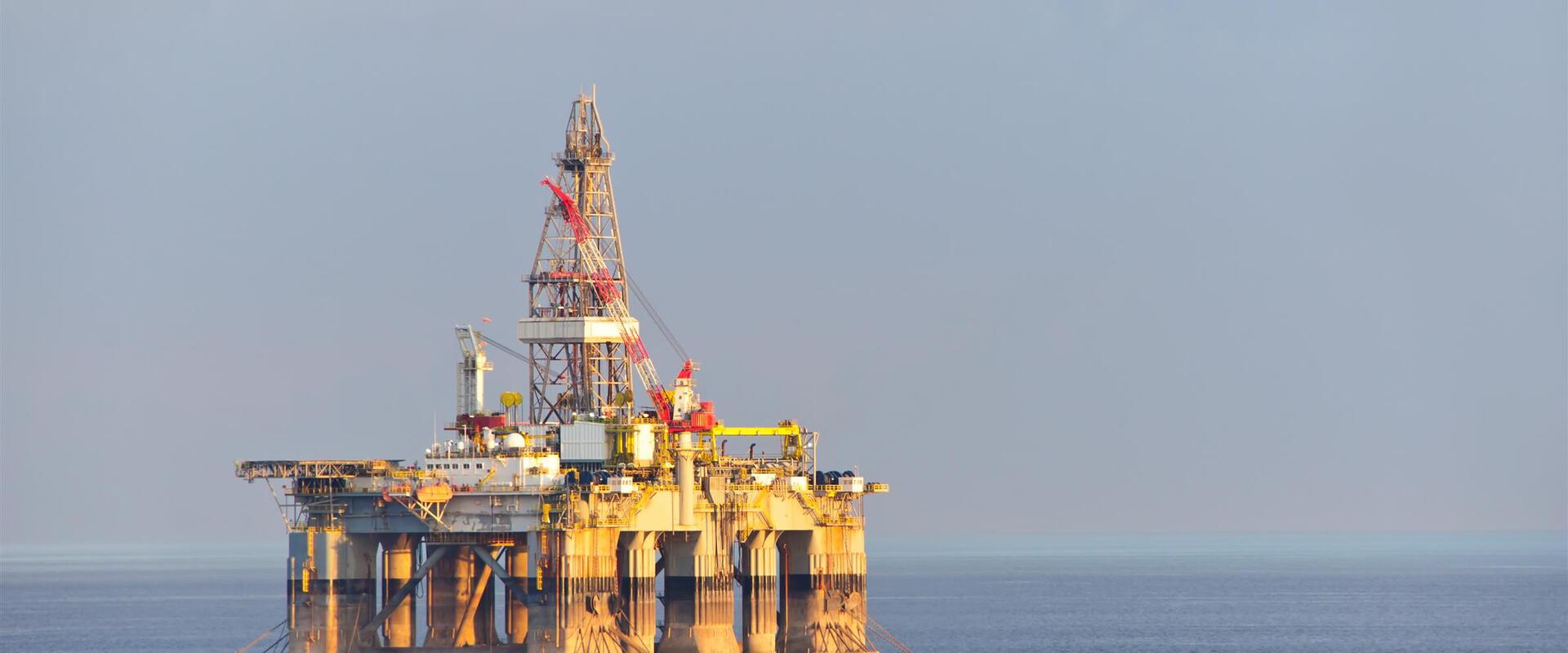
Operational Simulations for the Atlantis Project
Operational simulations of drilling and completion activities for the Atlantis project, in the Gulf of Mexico, using BMT SLOOP oil and gas field simulations software.
The cost of drilling and completing wells in deep waters in the Gulf of Mexico is heavily influenced by loop currents and hurricanes. BP experienced substantial downtime associated with these events. The frequency and duration of loop currents increased significantly with the move to water depths beyond 5,000 ft.
These deeper water depths also dictate longer hurricane preparation times to secure the well, pull the long length of riser, and move the rig out of harm’s way. These problems are further magnified by the increasing well depths because time on location increases, and drilling and completion costs become a larger part of the total cost of developing a field. For many of the new HPHT developments well depths are 25,000 ft to 30,000 ft plus, resulting in drilling and completion costs being 60% to 70% of the total project development budget.
We assisted BP with these issues by performing operational simulations of drilling and completion activities using its SLOOP oil and gas field simulations software. SLOOP has achieved over 1 million years of hydrocarbon production simulation in over 20 years. The SLOOP simulations of the Atlantis operations allowed the expected drilling and completion duration to be estimated, taking into account the downtime due to metocean conditions.
Equally important, the simulations also showed the likely variability in the durations of the drilling programme. It was possible to directly compare the probable drilling durations (and hence costs) using different drilling technologies, by repeating the simulations with different technology models. Also, by calculating the production profile corresponding to the drilling programme, the economic value of the early production was derived, providing a measure of the financial gain.
The main benefit of a new drilling technology may be in terms of reduced average time or cost. However, it may also come from the reduced probability of a lengthy overrun of the drilling programme with consequential additional costs and delayed production. Simulation studies such as these can help to quantify these benefits.
The simulation results helped define the size of the ‘prize’ of utilizing a freestanding riser at Atlantis and formed the basis to help evaluate investment in this technology.

BMT was appointed by Technip Geoproduction to carry out Conceptual Engineering Studies for a MOLF for Petroliam National Berhad (PETRONAS). The MOLF was required to be built in order to receive and offload EPCC Contractor's construction goods and project cargo during construction phase of Refinery And Petrochemical Integrated Development (RAPID) project.

We were appointed by Vopak Yang Pu, Hainan Storage Terminal to provide consultancy services on all matters relating to the marine facilities for the terminal development.

We delivered a feasibility study for a proposed dry dock on the Karnafuly river in Bangladesh, which will facilitate ship repairing, ship building an dry docking of ocean-going vessels up to 100,000 DWT.

Our role was to lead the HAZOP and SIL Classification study meetings and produce a detailed report.